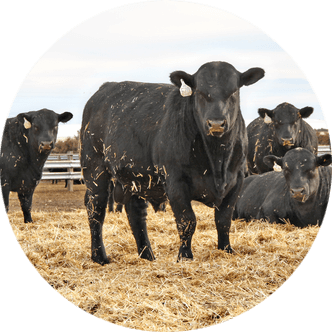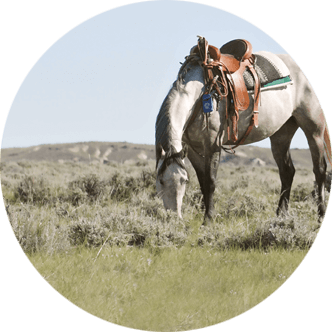Resilient demand drives American lamb market
Despite high meat prices and ongoing economic uncertainties, consumer demand for meat – especially American lamb – remains robust.
Retailers are reporting continued year-over-year growth in both dollar sales and volume, a clear indicator of steady, resilient consumer loyalty.
However, shoppers are also becoming more budget-conscious. They’re visiting stores more frequently, buying less per trip and opting for lower-priced options such as ground lamb, reflecting broader shifts in sentiment and spending across the food industry.
Lamb supplies are up
This year, lamb and yearling slaughter numbers are about 39,000 head, or 3.1 percent, higher than last year and above the five-year average from 2019-23.
Weekly slaughter rates have averaged about 35,000 head.
As expected, typical lamb weights dropped over the summer, reaching a low of 56 pounds in early September. Lighter slaughter lamb weights may indicate strong consumer demand or limited supply, as lambs are marketed earlier to meet production needs.
Overall, total lamb and mutton production is up 2.9 percent through September, driven by these larger slaughter numbers – even though mature sheep slaughter is down two percent.
“It’s an exciting time to produce American lamb,” says American Lamb Board (ALB) Chairman Jeff Ebert.
“Checkoff dollars invested by ALB continue to help consumers learn more about preparing American lamb and we are seeing steady growth, but it will be important to focus on producing more lamb in the U.S. to continue taking back market share,” he adds.
Imports decline while prices shift
Through July, U.S. lamb imports totaled 174.9 million pounds, down 4.5 percent year-over-year. Both Australian and New Zealand imports have decreased, with monthly import volumes below last year’s levels.
Notably, mutton imports are down nearly 50 percent from 2024.
Price comparisons reveal imported Australian leg of lamb is getting pricier relative to U.S. offerings, but this shift can’t be pinned to one reason – tight supplies in Australia, strong overseas demand and a weaker U.S. dollar may all play a part.
Strong prices across the board
Since July, the National Lamb Cutout value has climbed eight percent to $580 per hundredweight (cwt) – its highest since September 2022.
Prices for major cuts have surged, as racks are up 13 percent, shoulders are up 15 percent, loins are up seven percent, legs are up six percent and ground lamb is up 17 percent – all reaching their highest prices this year.
Slaughter lamb prices have also risen. After hitting a yearly low in May, they increased 40 percent to $226.32 by early October, reaching values not seen since February 2022.
Lightweight slaughter lambs – 60 to 90 pounds – are fetching strong prices, up 34 percent from this time last year. After a seasonal summer dip, feeder lamb prices have rebounded to $260 per cwt as of October. Summer video market sales averaged between $192 and $214 per cwt.
Looking ahead
Despite larger supplies, strong live and wholesale lamb prices point to resilient demand in American households.
Consumers continue to prioritize value and convenience, with ground lamb staying popular as more meals are cooked at home – currently 86 percent, according to Circana.
Even amid today’s high price landscape, American lamb has plenty of opportunities ahead.
ALB is the national promotion, research and information checkoff program working on behalf of all American producers – commercial and seedstock – feeders, direct marketers and processors to build demand for American lamb. Funding is through mandatory assessments paid by all industry segments, and the 13-member board represents all industry sectors, geographic regions and sizes of production. For more information, visit lambboard.com, e-mail info@americanlamb.com or call 303-759-3001.





